
Review on 🎧 BENGOO USB Sound Card Adapter: 7.1 Channel External Audio Converter for Gaming, Headsets, and More by Tim Wadman

Decent audio output. Not compatible with all microphones without circuit modification.
Decent audio output, drove Sennheiser HD280 Pro or GAME ONE (64 and 50 ohms) with no issues. As far as I can tell, this sound card has the same good sound quality as a $100 FPGA DAC I borrowed from a friend. As an added bonus, this USB sound card implements the standard USB audio class interface, so it should be supported by the latest versions of Windows, Android, Linux, etc. Works well as a recording device with some microphones, e.g. B. professional lavalier. Microphone Omni-directional microphone with Easy Clip On system is ideal for Youtube Recording / Interview / Video Conferencing / Podcasts / Voice Dictation / iPhone. Unfortunately, the microphone input gain of this sound card seems to be too low for other microphones, such as the microphone of the Sennheiser GAME ONE - Black gaming headset. In GAME ONE, the microphone input is either too quiet (Windows Levels setting low) or distorted (Windows Levels setting high). This is supported by two observations: 1. GAME ONE has a much higher DC resistance (6000 ohms) compared to a lapel microphone (600 ohms).2. The manufacturer was kind enough to send a replacement after my initial check; but the same problem when replacing. This means that the problem is probably not related to quality, but rather to a design flaw.3. The GAME ONE mic works great on all other devices I've tested it on, including a smartphone, laptop, and an unnamed USB sound card I bought a long time ago. announced functionality and will probably work well for most users. However, I cannot give a 5 star rating as the mic gain issue is definitely a defect and the manufacturer should work to fix it. Edit: I was able to get the sound card to work with circuit mods. See photo for instructions. This sound card seems to be using too high a bias resistor on the mic, cutting off the current from the mic's built-in FET, causing gain roll-off and distortion (electronics.stackexchange/76696). Cheap USB, in fact My sound card that works with GAME ONE uses a C-Media CM108 chip, whose reference circuit recommends using a 1.2 kΩ resistor instead of the resistor circled in the photo. This sound card uses an 8.8 kΩ resistor, which is too high according to the equations in TIDU765. It's understandable to want to increase the bias resistor value, as TIDU765 states that a higher bias resistor value reduces noise gain (less noise). Unfortunately, in this case, the bias resistor value is too high, causing compatibility issues. Manufacturer: Try to reduce the resistance of the resistor circled in my photo in your design. I think 3.9k ohms works well, but you should really try to test a wider range of mics and get the widest possible compatibility with the least amount of noise.
- New to my collection
- ---
New products
Comments (0)
Top products in 🎒 Computer Cases
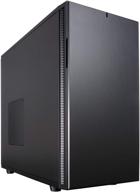
Fractal Design Define R5 - ATX Mid Tower Computer Case - High Airflow and Silent Optimized - Includes 2x Dynamix GP-14 140mm Silent Fans - Water-Cooling Ready - Black

43 Review
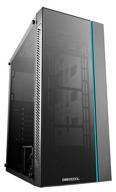
Computer case Deepcool Matrexx 55 black

55 Review
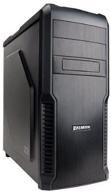
Zalman Z3 M ATX 💻 Tower Computer: A Compact and Powerful Machine

77 Review

Computer case be quiet! Pure Base 500 black

32 Review
Another interesting products
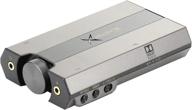
Enhance Your Gaming Experience with Sound BlasterX G6 Hi-Res DAC and USB Sound Card!

17 Review
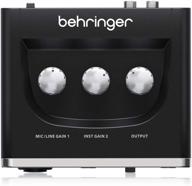
BEHRINGER UM2 Audio Interface with XLR/TRS, 1/4", USB, and RCA – Black, 1-Channel

62 Review
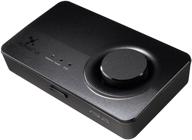
Enhance Your Audio Experience with ASUS Xonar U5 Sound Card

13 Review
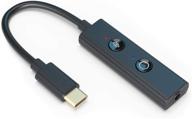
Enhanced Sound Blaster Play! 4 Hi-res USB-C DAC and Sound Adapter with VoiceDetect Auto Mic Mute/Unmute, Dual Noise Cancellation, Bass Boost, Dynamic EQs | Ideal for Windows PC Video Calls

13 Review

